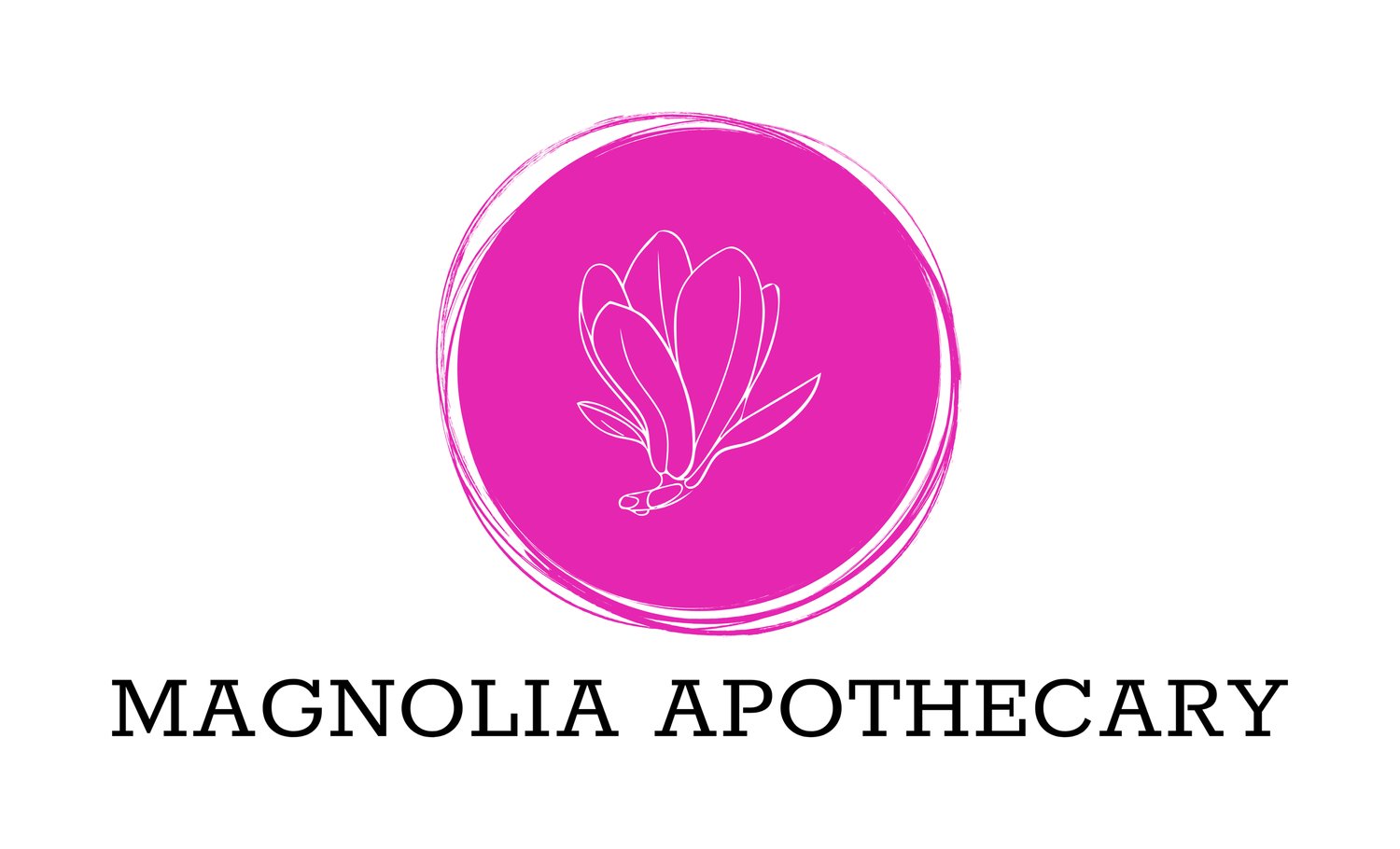Post Menopause Heart Health
Heart Health Awareness: A Focus on Post-Menopausal Women
February is Red Heart Health Month, a time dedicated to raising awareness about cardiovascular health, especially for women. While heart disease is often considered a male issue, it remains the leading cause of death in women—particularly after menopause, when protective estrogen levels decline. Understanding the interplay between homocysteine, cholesterol, and menopause is crucial for managing cardiovascular risks and supporting long-term well-being.
As women transition through menopause, their bodies undergo significant hormonal and metabolic changes. One area of increasing interest in women's health is the relationship between homocysteine, cholesterol, and post-menopausal health risks. Understanding these factors and how they interact can provide valuable insights into cardiovascular health and overall well-being during and after menopause.
What is Homocysteine?
Homocysteine is an amino acid that is naturally produced in the body during the metabolism of methionine, an essential amino acid found in protein-rich foods. Under normal circumstances, homocysteine is broken down into beneficial compounds with the help of B vitamins, particularly B6, B12, and folate. However, when homocysteine levels become elevated—a condition known as hyperhomocysteinemia—it can contribute to inflammation, oxidative stress, and damage to blood vessels, increasing the risk of cardiovascular disease.
Measuring Homocysteine and Its Role in Methylation Pathways
Measuring homocysteine levels can provide insights into the body's methylation status, particularly within the folate and phosphatidylethanolamine N-methyltransferase (PEMT) pathways. Methylation is a crucial biochemical process that supports DNA repair, neurotransmitter synthesis, and detoxification.
Folate Pathway: Homocysteine is recycled into methionine via the folate cycle, which requires sufficient levels of folate, vitamin B12, and methyl donors. High homocysteine may indicate a deficiency in these nutrients or genetic variations affecting the methylation process (such as MTHFR mutations).
PEMT Pathway: This pathway is vital for phospholipid production, particularly phosphatidylcholine, which is essential for cell membrane integrity and liver function. Homocysteine levels can influence this pathway, and disruptions may contribute to fatty liver disease and cardiovascular risks.
Impact on Mental Health: Phosphatidylcholine is crucial for cognitive function, as it supports acetylcholine production, a neurotransmitter associated with memory and learning. Low phosphatidylcholine levels have been linked to cognitive decline, Alzheimer's disease, and mood disorders, making homocysteine regulation an important factor in maintaining mental health.
Testing Methods: Homocysteine is measured through a simple blood test, often recommended for individuals with a history of cardiovascular disease, neurological disorders, or suspected methylation imbalances.
Cholesterol and Post-Menopause
Cholesterol is another critical factor in post-menopausal health. Before menopause, estrogen plays a protective role by maintaining healthy levels of high-density lipoprotein (HDL or "good" cholesterol) while keeping low-density lipoprotein (LDL or "bad" cholesterol) in check. However, after menopause, estrogen levels decline, often leading to increased LDL cholesterol and triglycerides, along with decreased HDL cholesterol. These changes can heighten the risk of atherosclerosis, heart attacks, and strokes.
The Homocysteine-Cholesterol Connection in Post-Menopause
The interplay between homocysteine and cholesterol becomes more pronounced after menopause, contributing to cardiovascular risks in several ways:
Endothelial Dysfunction: Elevated homocysteine can impair the function of the endothelium (the inner lining of blood vessels), making it more prone to damage from high cholesterol levels. This increases the likelihood of arterial plaque formation and cardiovascular events.
Increased Oxidative Stress: Both high homocysteine and LDL cholesterol promote oxidative stress, which leads to inflammation and the progression of atherosclerosis.
Blood Clot Formation: Homocysteine contributes to abnormal blood clotting, while high LDL cholesterol can cause plaque build-up, further increasing the risk of stroke or heart attack.
How to Manage Homocysteine and Cholesterol Post-Menopause
While the risks associated with high homocysteine and cholesterol levels increase post-menopause, they can be managed effectively through lifestyle modifications and targeted interventions.
1. Nutritional Strategies
Increase B Vitamins: Consuming foods rich in B6, B12, and folate (such as leafy greens, legumes, eggs, fish, and fortified cereals) can help lower homocysteine levels.
Healthy Fats: Incorporate heart-healthy fats from sources like olive oil, avocados, nuts, and fatty fish to maintain balanced cholesterol levels.
Soluble Fibre: Oats, beans, flaxseeds, and chia seeds can help reduce LDL cholesterol.
Limit Processed Foods: Avoid excessive intake of trans fats, refined sugars, and processed foods, as they contribute to poor lipid profiles and inflammation.
2. Lifestyle Changes
Regular Exercise: Aerobic and resistance training help improve cholesterol levels and lower homocysteine by supporting cardiovascular function.
Maintain a Healthy Weight: Obesity can exacerbate cholesterol imbalances and homocysteine elevation.
Quit Smoking and Reduce Alcohol Intake: These habits negatively impact heart health and can increase homocysteine levels.
Stress Management: Chronic stress can contribute to inflammation and worsen lipid and homocysteine profiles.
Conclusion
The decline in estrogen post-menopause creates a shift in cardiovascular risk factors, making it crucial to monitor and manage both homocysteine and cholesterol levels. By adopting a heart-healthy lifestyle, incorporating key nutrients, and seeking medical guidance, when necessary, women can take proactive steps to protect their heart health and overall well-being in the years following menopause. Awareness and early intervention are key to maintaining longevity and quality of life during this stage of life.
